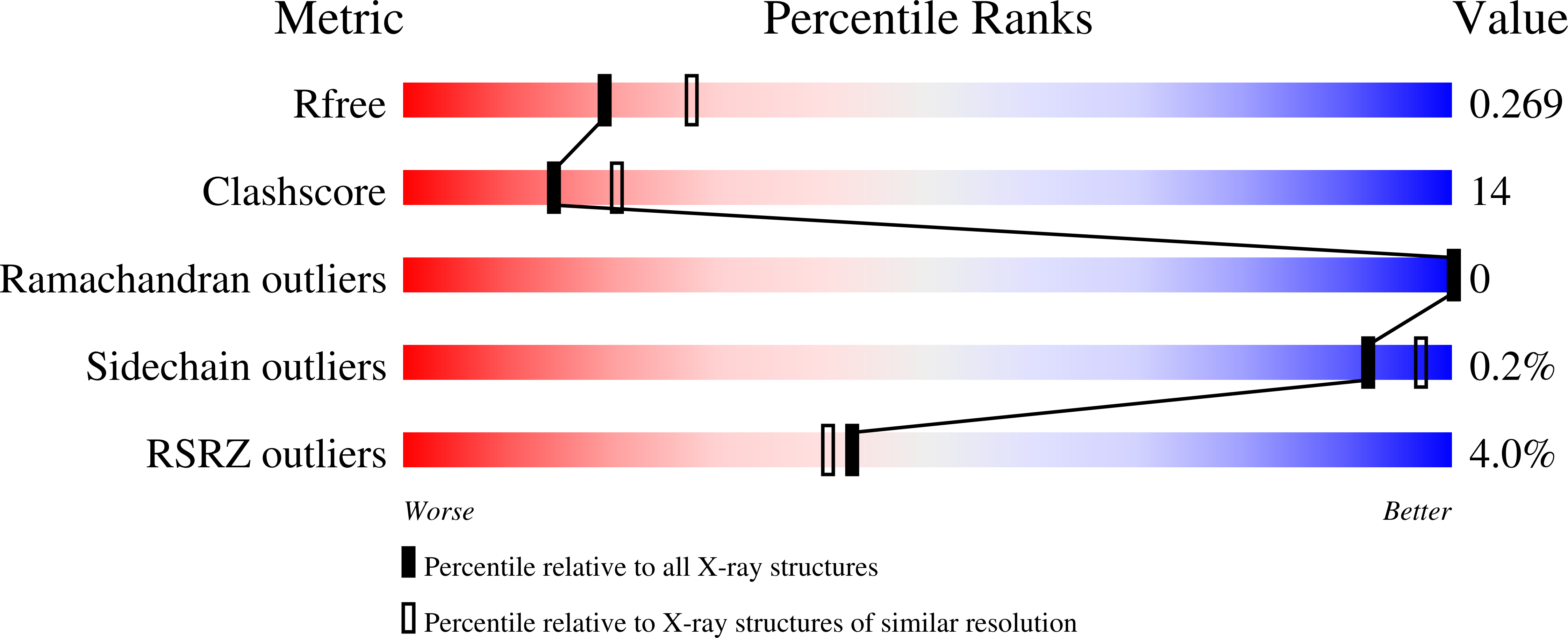
Deposition Date
2025-06-29
Release Date
2025-09-24
Last Version Date
2025-10-08
Entry Detail
PDB ID:
9PD0
Keywords:
Title:
Panoptes OptS minimal CRISPR polymerase (mCpol) with non-hydrolyzable ligand ApCpp from Klebsiella pneumoniae strain KP67
Biological Source:
Source Organism:
Klebsiella pneumoniae (Taxon ID: 573)
Host Organism:
Method Details:
Experimental Method:
Resolution:
2.42 Å
R-Value Free:
0.26
R-Value Work:
0.21
R-Value Observed:
0.21
Space Group:
P 21 21 21


